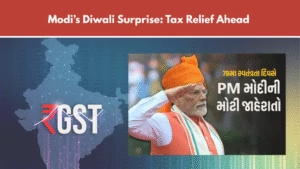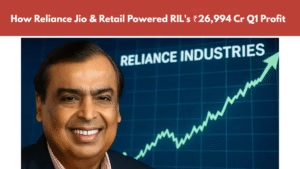Environment-Loving Surat: SMC’s Bold Move to Deploy 600 E-Buses Across the City
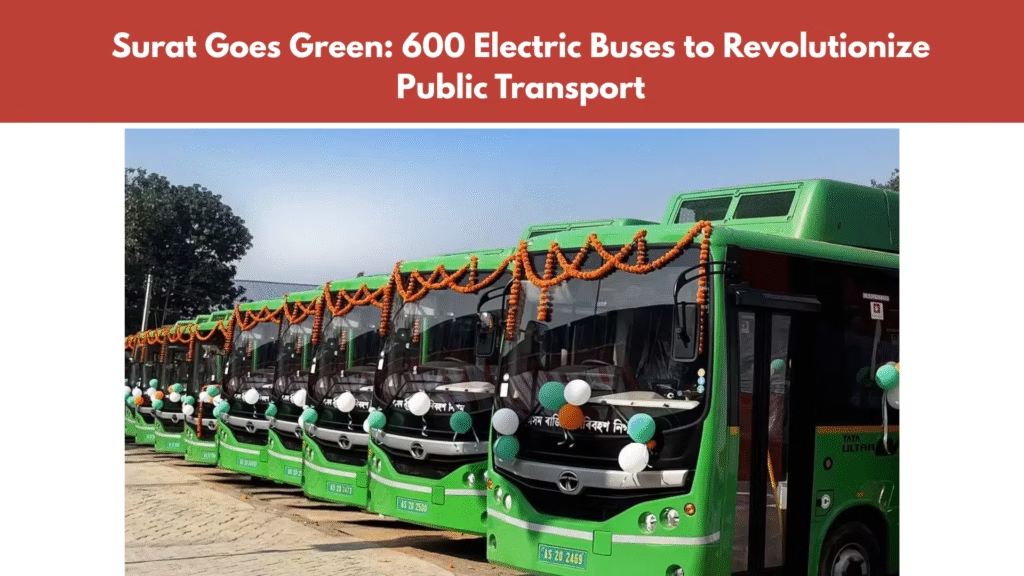
E-buses
Introduction: Surat Steers Toward a Greener Tomorrow
Surat, Gujarat’s second-largest city and one of India’s fastest-growing urban hubs, is setting a bold example in sustainable urban transport. In a monumental step toward a cleaner and greener future, the Surat Municipal Corporation (SMC) has decided to deploy 600 electric buses (E-buses) throughout the city. This significant move underlines Surat’s ambition to reduce carbon emissions, improve air quality, and promote eco-friendly commuting options for its residents.
The initiative aligns with national missions such as FAME (Faster Adoption and Manufacturing of Electric Vehicles) and Smart Cities, placing Surat on the map as a pioneer of sustainable urban development.
Background: Surat’s Vision for Urban Mobility
Surat has long been recognized for its infrastructural innovation. From becoming India’s first city to integrate a real-time flood warning system to pioneering smart waste management, the SMC has consistently shown vision and commitment to sustainable growth.
Why Electric Buses?
The city’s growing population and vehicular congestion have contributed to rising pollution levels. Diesel-run buses and personal vehicles have worsened air quality, making public transport reforms essential. Electric buses present a clean, silent, and efficient alternative.
Objectives Behind the E-Bus Rollout:
- Reduce carbon emissions and particulate matter in city air
- Provide eco-friendly, modern, and comfortable public transport
- Reduce operational costs over time compared to diesel buses
- Enhance public transport penetration and reduce private vehicle usage
- Align with national climate change goals
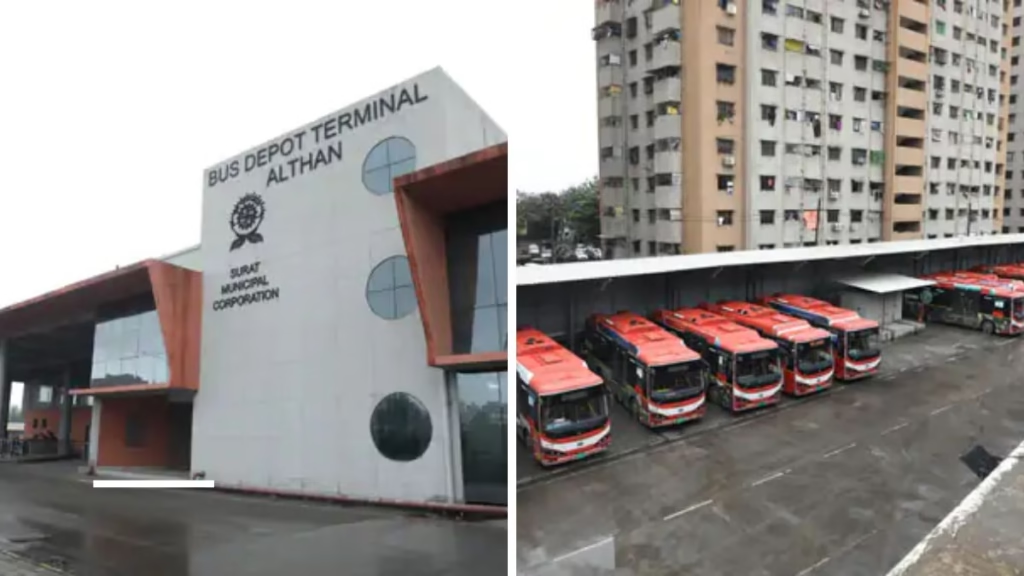
The Project in Numbers: What Surat Plans
Here’s what makes Surat’s E-bus initiative a milestone in Indian urban transport:
| Parameter | Details |
|---|---|
| Total Number of E-Buses | 600 |
| Phased Rollout | Over the next 24–30 months |
| Bus Lengths | 9-meter and 12-meter variants |
| Charging Infrastructure | 60+ Fast Charging Stations to be installed |
| Partners | Multiple private OEMs under PPP model |
| Estimated Budget | ₹1,200+ Crore (including subsidies) |
| Employment Generation | 2000+ jobs in operations, maintenance |
Phase-Wise Deployment Plan
The 600 buses will be deployed in phases. Phase 1 will see around 150 buses rolled out on major arterial and high-density routes like:
- Adajan to Udhna
- Sarthana to Pal
- Katargam to Varachha
- Surat Railway Station to Surat Airport
Each subsequent phase will expand services to suburban, semi-urban, and industrial regions of the city.
Infrastructure Development: Charging and Maintenance
To support 600 E-buses, the city is investing heavily in charging infrastructure.
Charging Stations
- Fast-Charging Depots at Bhestan, Pal, Kosad, and Sarthana
- Overnight charging capability with DC fast chargers
- Publicly accessible EV chargers for taxis and private EVs
Maintenance & Monitoring
- Smart fleet management software
- Driver monitoring and performance analytics
- Central command center to track bus movement, energy usage, and emissions saved
Commuter Benefits: What Citizens Will Gain
Surat’s residents will experience a dramatic transformation in their daily commute. Here’s how:
1. Cleaner Air
Electric buses emit zero tailpipe emissions, significantly reducing urban air pollutants such as NOx and PM2.5.
2. Silent Travel
Electric motors are quiet, offering a noise-free travel experience, especially important in residential and school zones.
3. Affordable Travel
SMC plans to retain current fare structures, making green travel accessible for all income groups.
4. Comfort & Safety
Modern buses will have:
- Low-floor entry for elderly and disabled
- GPS tracking and panic buttons
- CCTV surveillance
- AC cabins for hot summers
- Digital fare collection through cards and QR
Economic Impact: A New Ecosystem
The E-bus project isn’t just about clean mobility—it’s an engine for economic growth.
1. Job Creation
Technicians, drivers, engineers, depot staff, and customer service agents—over 2000 new jobs are expected to be created.
2. Skill Development
SMC, in collaboration with private partners, will offer EV maintenance and driving skill programs, promoting youth employment.
3. Public-Private Partnership (PPP) Model
The success of this project heavily relies on PPP frameworks, encouraging private manufacturers and operators to invest in Surat’s public transport infrastructure.
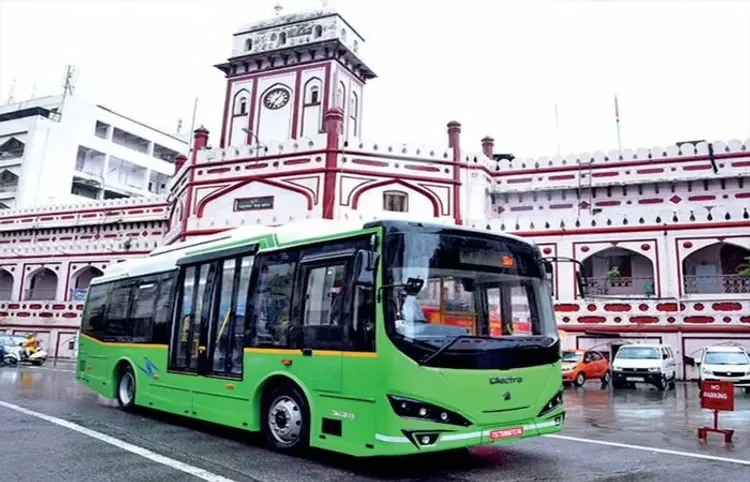
Environmental Impact: Measurable Sustainability
The expected environmental benefits are massive:
| Impact Area | Estimate |
|---|---|
| Carbon Emissions Reduced | 90,000+ tons annually |
| Diesel Saved | 15 million+ liters per year |
| Air Quality Improvement | PM2.5 and NOx reduction citywide |
| Climate Impact | Helps meet India’s COP26 carbon targets |
Surat’s initiative directly contributes to India’s pledge to cut carbon emissions by 1 billion tonnes by 2030 and to have 30% EV penetration in public transport by 2030.
Challenges and Solutions
Challenge 1: High Initial Cost
Solution:
Government subsidies under the FAME-II scheme and phased procurement.
Challenge 2: Charging Time and Range Anxiety
Solution:
High-capacity battery buses (250–300 km range) and fast-charging infrastructure.
Challenge 3: Technical Know-how
Solution:
Skill development through training centers and industrial partnerships.
Voices From the City
Dr. Shalini Agrawal, Surat Municipal Commissioner, said:
“This is a landmark step in Surat’s mission to become a clean, green, and future-ready city. Our electric buses will transform urban mobility while setting benchmarks for other smart cities.”
Citizens Speak:
- “It’s great to see our city going green. I look forward to cleaner air and quieter streets,” says Mehul Patel, a resident of Varachha.
- “Public transport is becoming comfortable and safe—finally!” remarks Pooja Shah, a daily commuter.
Comparison With Other Cities
Surat’s move puts it in league with India’s most progressive cities:
| City | E-Buses Deployed | Goal by 2026 |
|---|---|---|
| Delhi | 1,500+ | 5,000 |
| Mumbai | 1,000+ | 3,000 |
| Surat | 600 (planned) | 600 |
| Hyderabad | 550+ | 1000 |
| Bengaluru | 750+ | 2,000 |
Surat stands out for implementing at scale despite having fewer legacy challenges compared to older metros.
Future Outlook: Beyond the 600 Buses
Surat’s ambitions don’t stop at 600 buses.
Upcoming Goals:
- Convert 100% of city buses to electric by 2028
- Establish a city-wide EV rental and shared mobility ecosystem
- Launch electric auto-rickshaw programs
- Solarize bus depots to ensure clean charging
Final Thoughts: Surat’s Model for India
Surat’s E-bus initiative is a shining example of climate-conscious governance, urban planning innovation, and citizen-first policymaking. By embracing technology and sustainability hand in hand, the city is not just electrifying its buses—but also electrifying hope for millions of urban residents across India.
As India faces the dual challenge of urbanization and climate change, Surat’s green journey offers a roadmap for cleaner cities, healthier lives, and a more sustainable nation.

